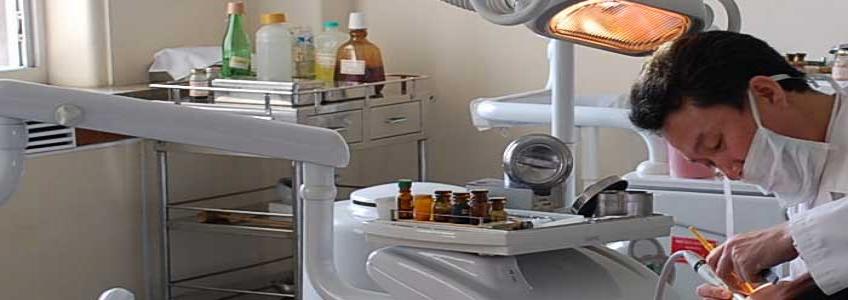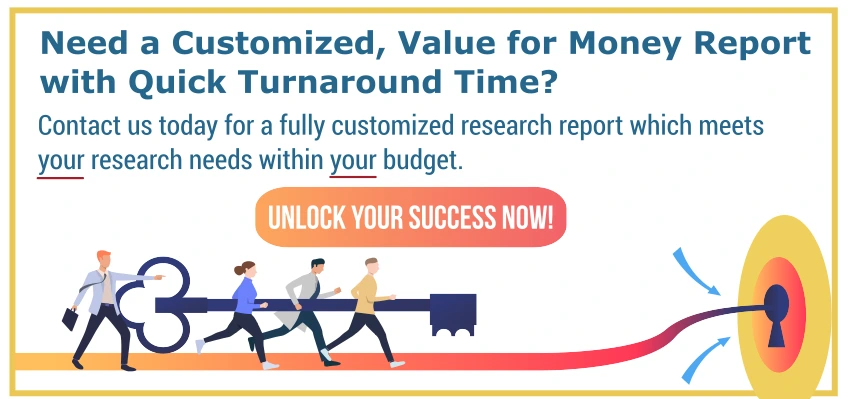High levels of access to healthcare insurance and reimbursement and increasing demand for healthcare services from a growing elderly population will drive the growth of the pharmaceutical market. However, an increasing focus on generics as a means of reducing healthcare expenditure will restrict the growth of the market in the forecast period.
In 2008, the South Korean pharmaceutical market was worth $15.4 billion and was estimated to grow to $18.6 billion in 2013. The pharmaceutical market is expected to grow at a Compound Annual Growth Rate (CAGR) of 3.9%, from approximately $19.3 billion in 2014 to $24.3 billion in 2020.
The increasing elderly population and its associated disease burden combined with the launch of novel medicines have been fueling market growth. The South Korean pharmaceutical market is one of the largest in Asia. Therapeutic segments such as cardiovascular and oncology are expected to grow due to the increasingly large elderly population, which accounts for approximately 12% of the total population, as well as changes to food and lifestyle habits. The market growth is also expected to be influenced by various initiatives taken by the government (such as the Korean Small Business Innovation Research (or KOSBIR) program, organized by Korea Nanotechnology Initiative) to encourage R&D and sustain growth in the pharmaceutical industry (KETs Observatory, 2012).
Additionally, to boost private investment, the government has designated 44 pharmaceutical companies: “Korea’s innovative pharmaceutical companies” (in accordance with the Act for Supporting and Raising Pharmaceutical Industry (2011) to provide special benefits such as tax reduction and exemption, preferential government research funding and the postponement of drug price cuts.
The government is focusing on the use of generics as a cost-containment tool to slow the rise of its healthcare expenditure. The country’s generic market increased from $3.5 billion in 2008 to an estimated $4.9 billion in 2013. The market grew at a CAGR of 7% between 2008 and 2013 (FAPA, 2011). In January 2012, South Korea’s generic pricing methods were revised, and according to the current method, the price of the first generic to reach the market is 59.5% of the branded drug price, while the branded drug’s price is lowered to 70% of the listed price before patent expiry for the first year from when the first generic is launched. After 12 months, the prices of all generics entering the market are lowered to 53.55% of the relevant branded drugs’ prices. This price reduction and generic erosion is expected to have a limiting impact on the growth of the pharmaceutical market.
The South Korean medical device market was valued at $3.3 billion in 2008 and is projected to grow at a CAGR of 5.5% to an estimated $6.3 billion in 2020. In 2013, the major segments of the medical device market were ophthalmic devices (17.6%), in vitro diagnostics devices (13.9%), nephrology and urology devices (10.5%), orthopedic devices (10.3%) and dental devices (10%), respectively. The market is driven by the factors such as increasing awareness regarding the early detection and diagnosis of disease, advancements in medical technology, and an increase in the elderly population.
Universal healthcare coverage and easy access to healthcare facilities and reimbursement are the distinguishing features of the Korean healthcare system.
The South Korean healthcare system offers universal healthcare coverage to all citizens. The healthcare system has two components, health insurance and medical aid. The public healthcare insurance system, also known as National Health Insurance (NHI), is the national health insurance provider. The NHI system covers approximately 97% of the South Korean population and the medical aid program covers the remaining population. The NHI system is sponsored by beneficiaries, contributions (such as premiums collected from the insured) and government subsidies; and the medical aid system is funded by general government revenue, which provides support to lower income groups.
The insured are mainly divided into two groups: insured employees and the insured self-employed. The employee insurance scheme covers spouses, descendants, brothers or sisters, and direct lineal ascendants of the insured person. The self-employed insured insurance scheme covers people who are not included in the insured employee category. The premiums for the self-employed are predetermined and set by the government based on income, property, living standards and rate of participation in economic activities. Foreigners working in South Korea are also required to apply for coverage under the NHI system. The Long-term Care Insurance Program was also introduced in 2008. This program is essentially for elderly people who are facing difficulties in performing their daily activities due to geriatric diseases.
In 2006 a ‘positive list system’, was introduced by the South Korean government, which lists only highly cost-effective new pharmaceutical products as eligible for reimbursement. The Health Insurance Review and Assessment (HIRA) Service makes the decision regarding the inclusion of a drug in the list depending upon the economic evaluation of the new drug. The National Health Insurance Service (NHIS) negotiates with the drug manufacturer regarding the ceiling price based on the HIRA review results.
The Korean regulatory authority provides a transparent, strong and efficient regulatory system to facilitate the approval of pharmaceutical products and medical devices.
The pharmaceutical and medical device products in South Korea are regulated by the Ministry of Food and Drug Safety (MFDS), formerly known as the Korea Food & Drug Administration (KFDA). The MFDS has been expanded to include a food management system (which includes agricultural, livestock and fisheries products) along with drugs, biologics, cosmetics and medical devices.
Previously, the medical device market in South Korea was regulated under the Pharmaceutical Affairs Act (PAA), which regulated pharmaceuticals. However, in order to provide better coverage of medical devices and accelerate the harmonization process, the new Medical Device Act was passed in 2003, and full enforcement began in May 2007. The National Institute of Food and Drug Safety Evaluation was also formed for scientific investigation, research and evaluation on toxicological and pharmacological research and has been reorganized under the MFDS in March 2013.
In South Korea, the importer of medicines should obtain permission from the commissioner of MFDS under the conditions prescribed by the ordinance of the Ministry for Health and Welfare (MOHW) (amended by Act No. 8,852, February 29, 2008 and Act No. 9,932, January 18, 2010). The manufacturer or the importer of the drug must send the Drug Manufacturing Form (DMF) to the MFDS. Due to the amendments in the regulations, pharmaceuticals or medical devices require additional testing or certification by recommended organizations to be eligible for importation to South Korea.
Although the economy continues to be strong and stable, the perennial political conflict between South Korea and North Korea acts as an obstacle in the path to greater economic development.
Since 1950, there have been sporadic conflicts between South and North Korea. In 2010, South Korea broke off all trade relations with North Korea after the sinking of the ship Cheonan. Despite efforts and negotiations aimed at reunification, tensions have intensified in recent years.
On December 20, 2013, in response to “Anti-Pyongyang” rallies in Seoul on the second anniversary of the death of its leader Kim Jong-il, North Korea’s National Defense Commission threatened to strike South Korea “without notice”, through a fax sent to South Korea's National Security Council. Despite international political and diplomatic pressure, North Korea continues to threaten the stability of South Korean society.
However, keeping in line with its erratic political policy, North Korea has reversed this position and is now seeking to revive its relations with South Korea. On January 24, 2014, North and South Korea agreed to resume reunions of Korean families separated since the Korean War in February, after a three-year lull. Approximately 813 family members met during this family reunion. On March 1, 2014, South Korean President Park Geun-Hye proposed that North Korea to hold family reunions on a regular basis in order to ease the deep sorrow of the separated families as soon as possible. This shows that South Korea is seeking to improve relations with North Korea.






